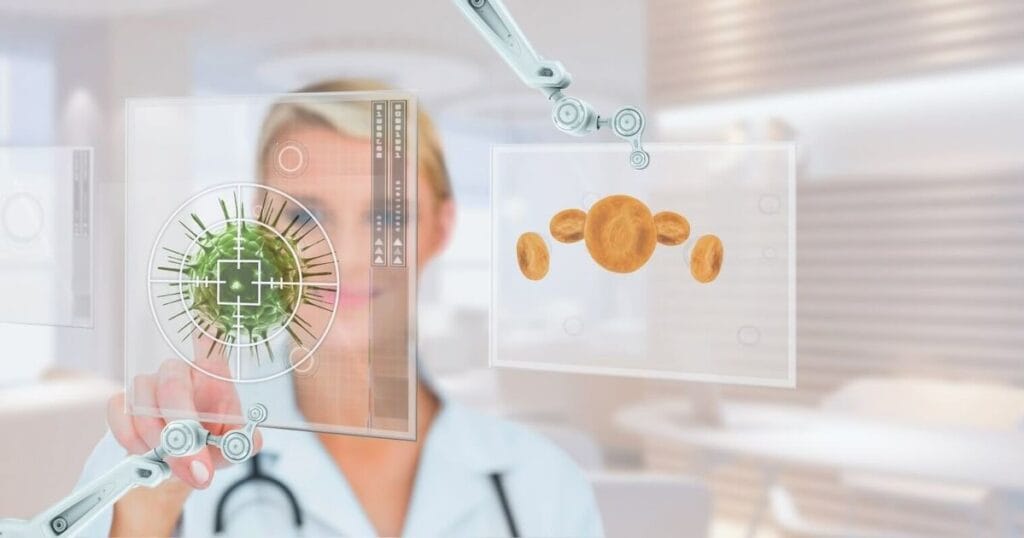
Pharmacists have been unveiling innovative ways to formulate medications in recent history. Without drugs, our existence would have been uncertain and even limited. However, traditional drug formulation methods often miss the mark.
Some of the main concerns are poor digestibility, inaccurate delivery, and failure to reach the target. On top of that, these medicines come with an awful bitter taste.
In order to escape from these boundaries, scientists have been finding new ways to properly deliver drugs to the human body.
New approaches are invented for better bioavailability and uniform absorption. Personalized drugs are also used for more effective treatments. If you’re fascinated, tag along as we’ll dive in deeper!
Innovative Approaches to Formulation Development for Enhanced Drug Delivery
Over the years, researchers entered a new realm for better drug optimization. Here are some of these innovative approaches:
Nanoscale Delivery
Nanoparticles are now being incorporated into drug formulation to refine bioavailability nowadays. Sometimes, medicines are insoluble in the water in the body but dissolve quickly when coming in contact with other solvents.
Moreover, nanoscale delivery consisting of nanomedicines helps to remove poisonous substances from drugs that can trigger allergies. For its preciseness, nanotechnology is used to treat complicated diseases like cancer and HIV.
It can help to pinpoint minute viruses independently. This technology is an expert in drug kinetics, meaning it works inside the body for a long time. Therefore, nanoscale delivery is essential for curing fatal diseases.
Machine Learning
By using algorithms, several drug properties can now be determined. Machine learning is another new technique in which data is used for formulating drugs based on their properties, including accuracy and solubility.
This technique uses its database to predict the perfect conditions and temperature needed for a specific drug to regulate inside the body. It can also track how a specific drug will function based on its performance.
Moreover, this algorithm can come up with different drug combinations in seconds. Hence, machine learning helps discard ineffective drug samples in the initial stages before manufacturing.
Liposome Encapsulation
Liposomes are widely used in drug enhancement as they can transport drugs around the body. The layer of lipids acts as a barrier to protect these drugs from bodily temperature and other enzymes.
Since this method involves natural compounds to regulate drugs inside the body, it cannot transmit any poisonous chemicals. This is mainly used for controlled and slow drug delivery. These lipid structures can also work with drugs that are resistant to water.
Hence this technique can also improve the solubility of hydrophobic drugs. This makes these drugs to be easier to swallow as well. As a result, liposome encapsulation is considered the most versatile drug delivery method.
Polymer Microscopy
Polymers are extremely susceptible to changes in their surroundings. Therefore, they are incorporated into fluorescent microscopy to monitor drugs. They reflect light when subjected to a particular wavelength. Smart polymers can be used to stain targeted proteins.
They can also mark in a wide range of colors. When a person suffers from cancer, these polymers can detect differences inside the body. Hence, these smart polymers are also used in drug encapsulation.
Not only do they detect changes in body pH, but they also protect the drugs from becoming denatured. Thus, polymers can be used to understand and detect conditions inside the body.
Microneedles
Most drugs cannot enter the body by piercing through the skin. So, microneedles are used for drug delivery to our muscles or other organs. It is mainly used in vaccines to transfer antibodies, like the COVID-19 vaccine.
Again, microneedles help deliver insulin to the body for people suffering from diabetes. Therefore, these needles also perform a controlled release of drugs. Microneedles are usually considered painless when penetrated through the skin. However, many individuals, especially children, may suffer from trypanophobia, which translates to the fear of needles. Also, using microneedles is a quick way to deliver drugs into the body.
Implanted Devices
When patients find it difficult to swallow drugs or some drugs, cause their allergies to flare up, these implanted devices help regulate drugs better. These implantable gadgets are surgically inserted inside the body tissues.
It causes drugs to be released inside the body at a specific rate, time, and condition. It also reduces the oral intake of drugs for patients who are prescribed a large amount of drugs.
Again, sometimes some drugs become immune to the body, and these devices help better absorb these drugs. Due to its functionality, these implants facilitate better drug delivery.
Personalized Medicine
Finally, personalized medicine has been the recent ongoing practice. Based on a person’s genetic makeup, these medicines are prescribed by doctors. These drugs are tailored for individuals depending on their bodily conditions and physical mass. Hence, they become more effective to work inside a person’s body.
They also manage to detect any emerging future diseases as well as cure diseases in earlier stages. Even though there are some ethical concerns, personalized medicines help patients to be aware of their body conditions. So, individualized drugs should be termed as the new innovative healthcare.
Bottom Line
Innovative approaches to drug delivery methods have been revolutionary for human healthcare. In this article, we explored various modern drug formulation development techniques. But we are going to summarize it just for you.
To summarise, new means for delivering drugs have been a miracle for human life. We can now encapsulate drugs in lipids and polymers; drugs can be perfectly delivered to the human body without adverse effects.
Then, by using machine learning and nanotechnology, we can target specific pathogens and develop different drug combinations. Not only that, microneedles and gadgets can be inserted in the tissues for smoother drug distribution. Polymer microscopy can highlight and monitor medicines inside the body. Finally, personalized drugs help in treatments based on the patient’s genetic information. As a result, these innovative means help in better drug efficacy.

